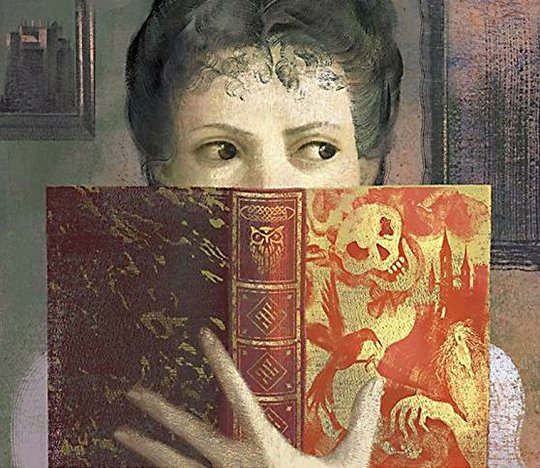
Life in the Abbey
Cheyenne Davis
Northanger Abbey by Jane Austen is a novel, written after 1817, which depicts the story of a young girl namedCatherine Morland, who takes a life journey from childhood to maturity in a matter of months. This happens through several relational revelations with other characters as Catherine begins to shape her own opinions and stand up for what she believes in.
Catherine Morland is initially described as a practical girl with average intelligence. She has not had much experience in the world, increasing her innocence. She is set to be a heroine in the first chapter but is described as an unlikely one. She is also described as a tomboy, but at the age of 15 she discovers a love of reading. Although she does not have any relationship experience aside from her novelistic ideologies, Catherine thinks about boys often and is extremely flattered when they complement her. This all changes when Catherine is invited to go on a trip with a family to the city Bath.
During her stay in Bath, Catherine has connections with three other individuals. James, John, and Isabelle desire her company on their many adventures. However, Catherine remains unaware of the motivations behind these other character’s actions, mostly because of her inexperience and immaturity. The issue arises that Catherine cannot properly analyze people and is quick to be oblivious to indirect intentions. This is in part to her life at home where her parents are described as direct individuals. Their relationship seems like a healthy one, but the parents are not as overbearing and involved as some parents may be. Within this volume of the story, Catherine is pursued by John, but quickly loses interest due to his tendency to be selfish. This tendency is shown through his actions to manipulate her plans by going behind her back to make her seem unavailable so that he can have her time and attention. Her rejection of John is a milestone in Catherine’s development because it demonstrates her increased ability to understand what’s best for her life.
A major character is introduced in Volume one that is the main focus of Catherine upon introduction. This character is Henry Tilney, and he will soon become engaged to her. The attractive nature of Henry is that he is an intellectual. He enjoys reading and has a profound knowledge of the arts. Catherine is not an expert when it comes to art, but Henry embraces the situation as a chance to inform, and she is eager to learn. Henry, being raised in a very wealthy family is slightly set apart from Catherine’s only slightly above average family. This creates tension eventually with Henry’s father’s view of Catherine, however all is resolved and the two are later engaged.
The narrator claims that novels Catherine reads are works “in which the greatest powers of the mind are displayed, in which the most thorough knowledge of human nature, the happiest delineation of its varieties, the loveliest effusions of wit and humor are conveyed to the world.” By stating this, Austen defends the main characters love of reading and simultaneously encourages her readers to do the same. She also sets up a scene with Catherine and Henry in which they discuss novels, and purposefully makes Henry seemingly more attractive with the way he defends reading.
Overall, the journey of Catherine from an extremely inexperienced individual to a matured and engaged individual is the main focus of this novel, and her profound love of reading is what empowered intellectuals during her time.